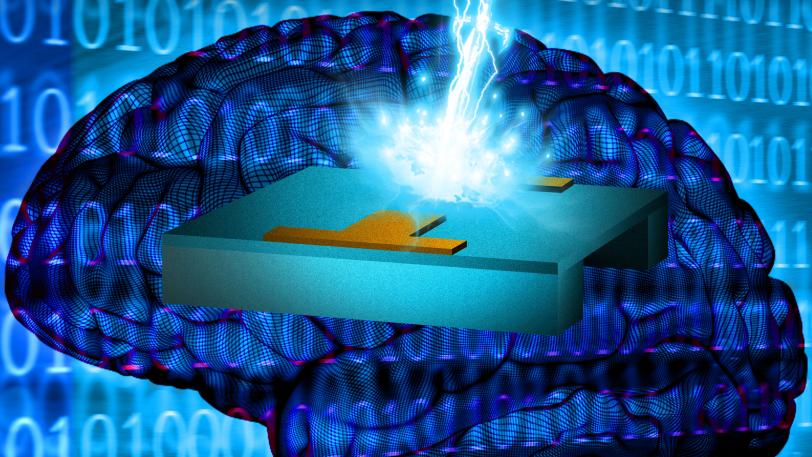As we reach the limits of high-speed computation based on silicon, ideas for the next generation of computers have focused on electrically switchable nanoscale devices that operate in ways similar to the neurons and synapses of your brain. We have identified materials that can perform extremely fast switches by rearranging atoms within their structures. The next step is to photograph those atomic motions as they take place within operating devices so we can learn exactly how the switches work. This lecture will describe how scientists use X-ray and electrons at SLAC to visualize these motions, and how this approach opens new routes toward developing ultrafast, ultralow energy neuromorphic computers.
Leaving Transistors in the Dust: Visualizing the Next Computing Revolution
Presented by Aaron Lindenberg
About Aaron Lindenberg
Aaron M. Lindenberg holds a joint appointment as an associate professor in the departments of Materials Science and Engineering at Stanford and Photon Science at SLAC. He is a pioneer in observing ultrafast motions of atoms in materials that are important for information processing and energy conversion and storage. After receiving his PhD from UC Berkeley in 2001 he was appointed a Faculty Fellow at Berkeley, and two years later came to SLAC as a staff scientist. He is a winner of the DARPA Young Faculty Award and the Department of Energy Outstanding Mentor Award, and was a Chambers Faculty Scholar at Stanford.
Leaving Transistors in the Dust: Visualizing the Next Computing Revolution
Presented by Aaron Lindenberg

Leaving Transistors in the Dust: Visualizing the Next Computing Revolution
Public lecture presented by Aaron Lindenberg
SLAC National Accelerator Laboratory
10:00–11:00 a.m. PDT